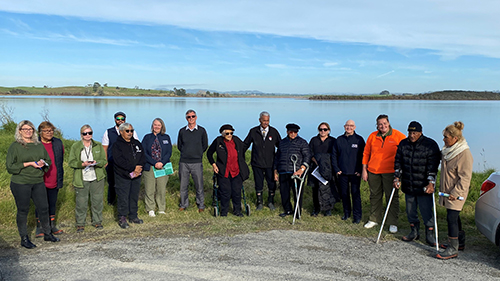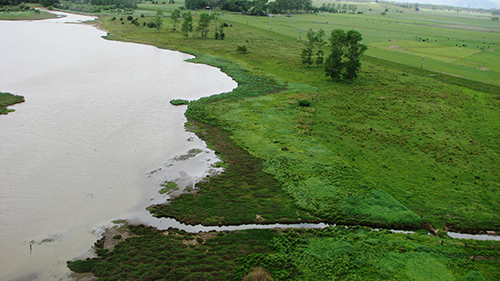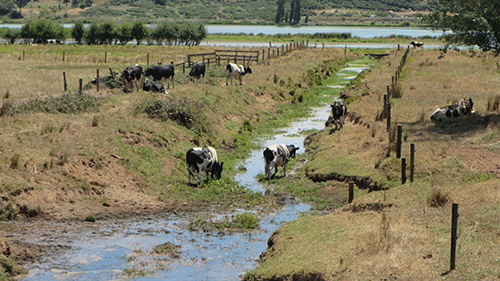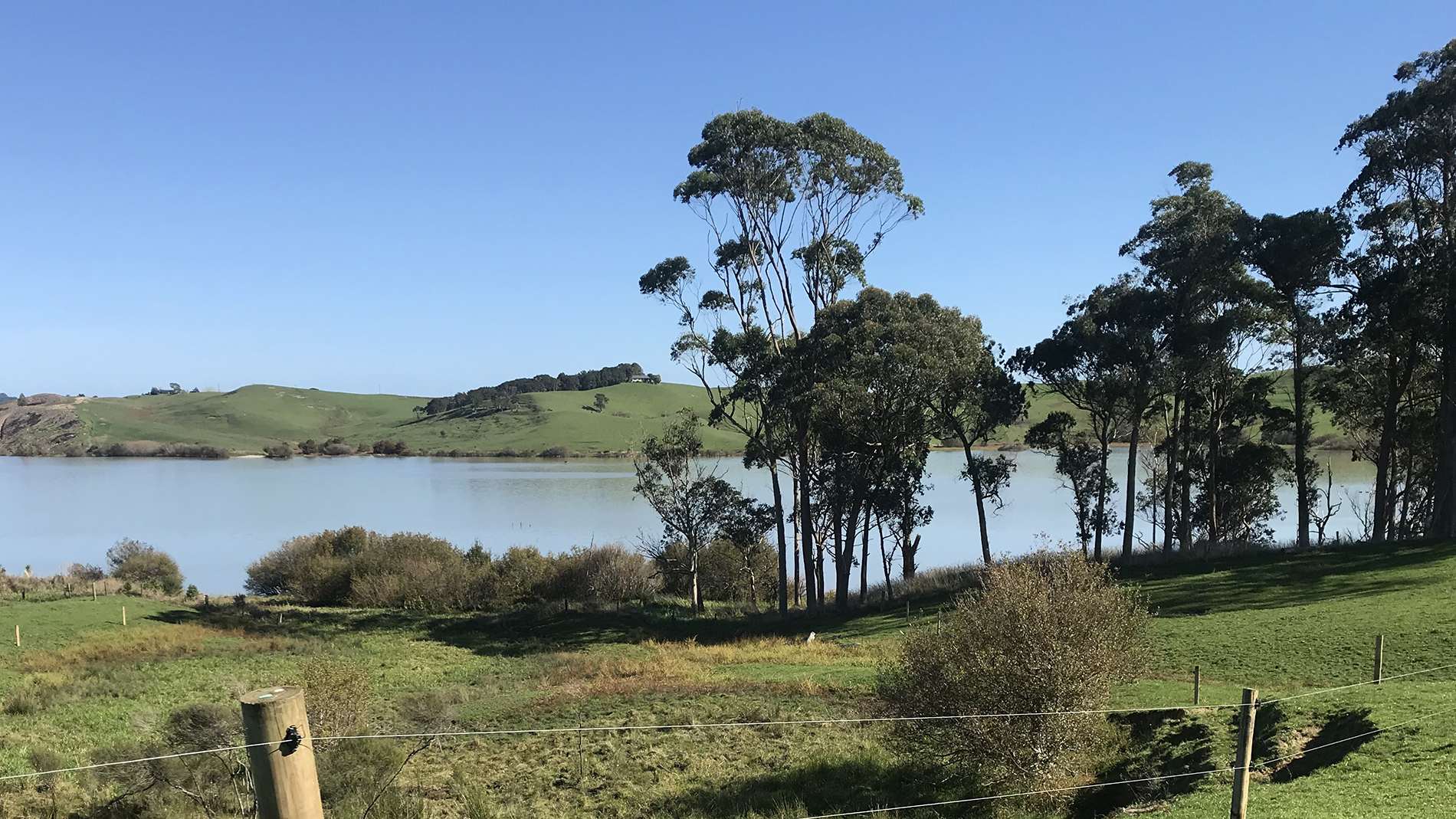
The Waikato-Tainui Co-governance Committee went on a site tour of Whangapē to celebrate the completion of the restoration project.
Gamebirds are taking to the restoration of Lake Whangapē … well, like a duck to water.
Linda Tomuli, a representative of Waikato-Tainui on the partnership Lake Whangapē Restoration Project, says whanau who are keen hunters have seen a notable increase in gamebird and tuna (eel) numbers since the project started.
“The ducks and the swans are back - there were none - and so many eels too, they are big,” says Linda, whose family has spanned five generations at Lake Whangapē.
“They’re putting it down to the food that’s now available from the native planting that’s been done. It all looks really beautiful.”
The Lake Whangapē Restoration Project, a collaboration between Waikato-Tainui, Ngā Muka Development Trust, Waahi Whaanui Trust, the Department of Conservation, Waikato Regional Council and landowners, was completed in June this year.
The aim of the project was to stop the degradation of the water, control and contain pest plants, and start to restore traditional cultural practices of the lake, such as mahinga kai and rongoā.
With funding by Waikato River Authority and the Ministry for the Environment, and landowner contributions, the lake is now entirely fenced off to prevent stock access, pest plants have been controlled or managed, and riparian margins have been replanted in native species. The work has included:
- 6 kilometres of fencing along public conservation land and adjoining marshes and native forest
- 54,000 native species planted within 15 hectares of lake margin
- more than 140 hectares of alligator weed control.

Aerial management of alligator weed at Lake Whangapē.
Landowners in the broader catchment have also fenced off and retired about 83 hectares of land, erecting a total of 23 kilometres of fencing and planting about 106,000 plants.
Lake Whangapē, northwest of Huntly and the second largest lake (1450 hectares) in the lower Waikato catchment, was still reasonably clear in the 1980s.
But from about 1987, the aquatic plants that had covered more than 95 per cent of the lakebed began to die off, resulting in poor water clarity and restricting habitat for fish and bird species.
“We’d noticed about 20 years ago that everything was looking dead, and the lake was looking green and terrible,” says Linda.
“My grandad, and my granddad’s grandad, all lived around the lake, and they said that when they were there the food was bountiful.
“There was all bush around the lake, in the advent of cows and farming; a lot of the native plants. My family from Rangiriri used to go up to the lake to get plants for their food and medicine.”
Linda, who got on her hands and knees around the lake to help source native grass seeds for restoration planting, says many of the plant species chosen are based on rongoā.
“The medicinal plants, they like to be around each other. We collected thousands and thousands of seeds and took them to a nursery to grow, and now they’re all back growing around the lake.”

Stock access to the lake and streams feeding into the lake contributed to the decline in water quality.
Waikato Regional Council’s commitment to the project, controlling the alligator weed, has also allowed large beds of raupō/rushes to grow back again.
Keeping on top of the alligator weed is an important part of the restoration project as it grows rapidly and can totally block waterways and outcompete other plant species.
The council also provided funding to landowners in the broader catchment to enable them to undertake farm management practices that would result in less nitrogen and sediment from entering the lake.
“It’s all been really good and I am very pleased with the work that has been done,” says Linda.
“Just take a drive and have a look around the lake. The fencing looks great, the new plants are flourishing, and the water is looking much cleaner.”



To ask for help or report a problem, contact us
Tell us how we can improve the information on this page. (optional)